- Joined
- Apr 30, 2005
- Messages
- 34,257
I got this moonstone-like rough today from a dubious source.
It has some nasty feathers so I'm not sure if it will even stand up to polishing so I can set it in a ring.
Besides, I was informed that it was only 5 on the Mohs hardness scale.
Actually, it kind of brings to mind the look and translucency of some kinds of ivory.
I'm afraid I may have bitten off more than I can chew this time.
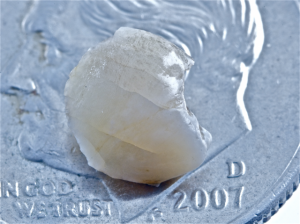
It has some nasty feathers so I'm not sure if it will even stand up to polishing so I can set it in a ring.
Besides, I was informed that it was only 5 on the Mohs hardness scale.
Actually, it kind of brings to mind the look and translucency of some kinds of ivory.
I'm afraid I may have bitten off more than I can chew this time.


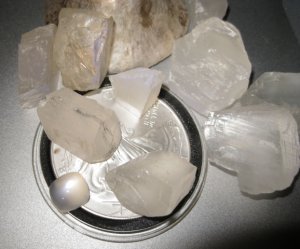
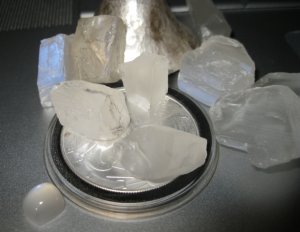
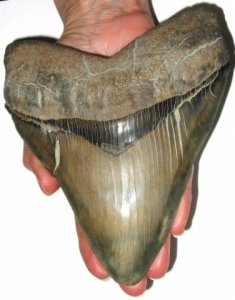
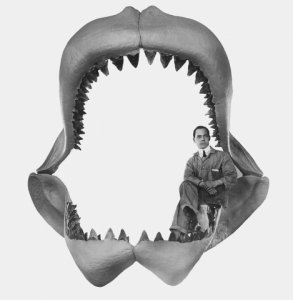


300x240.png)